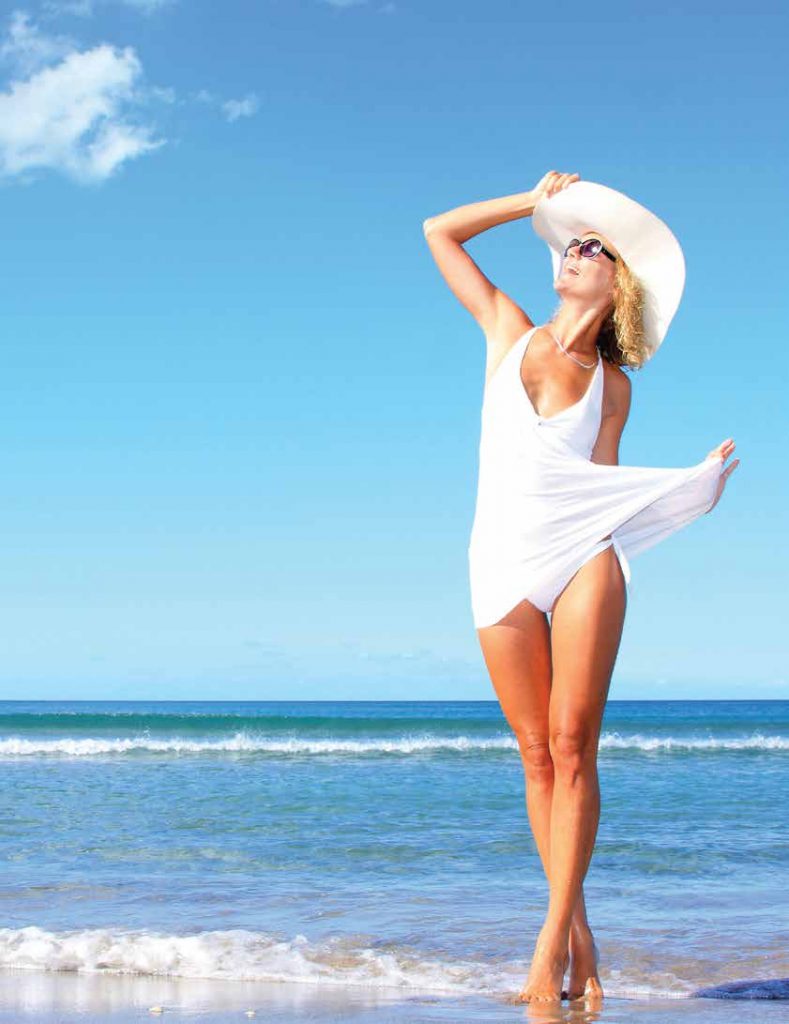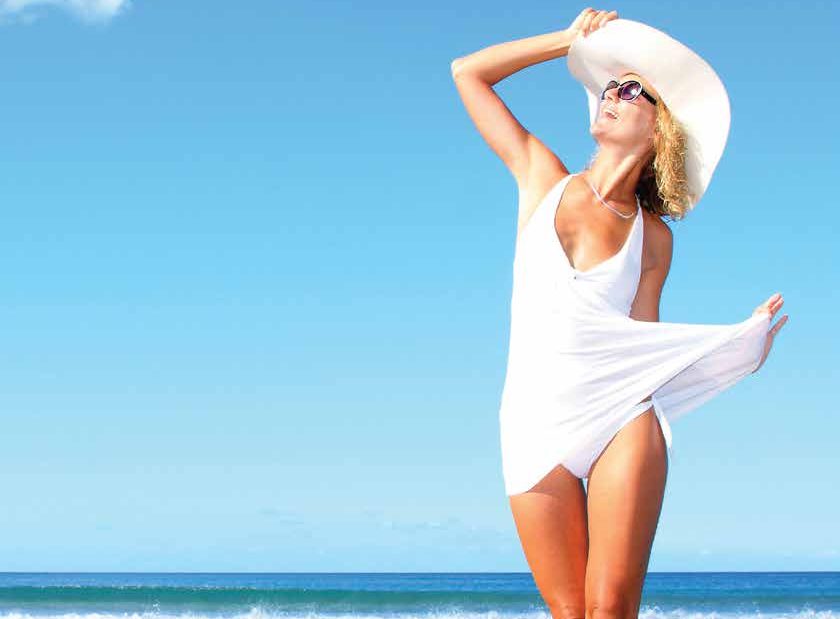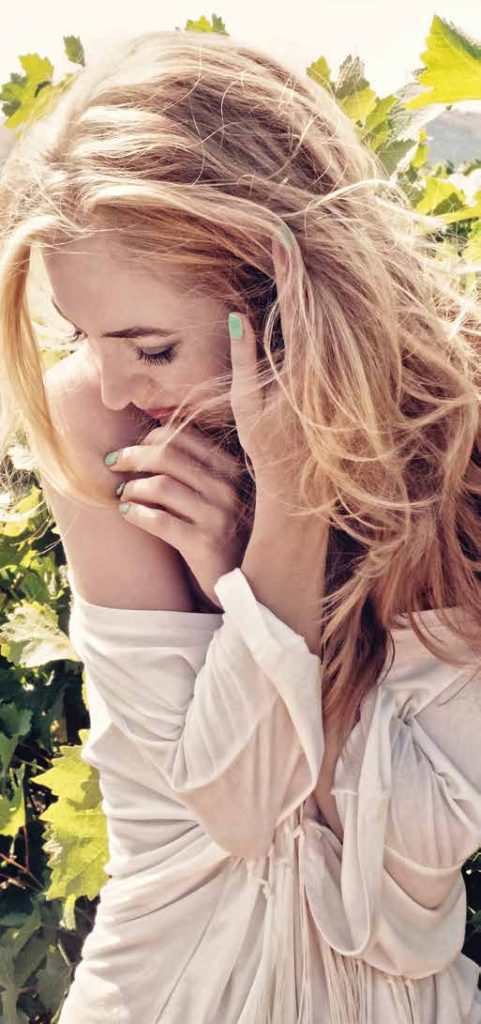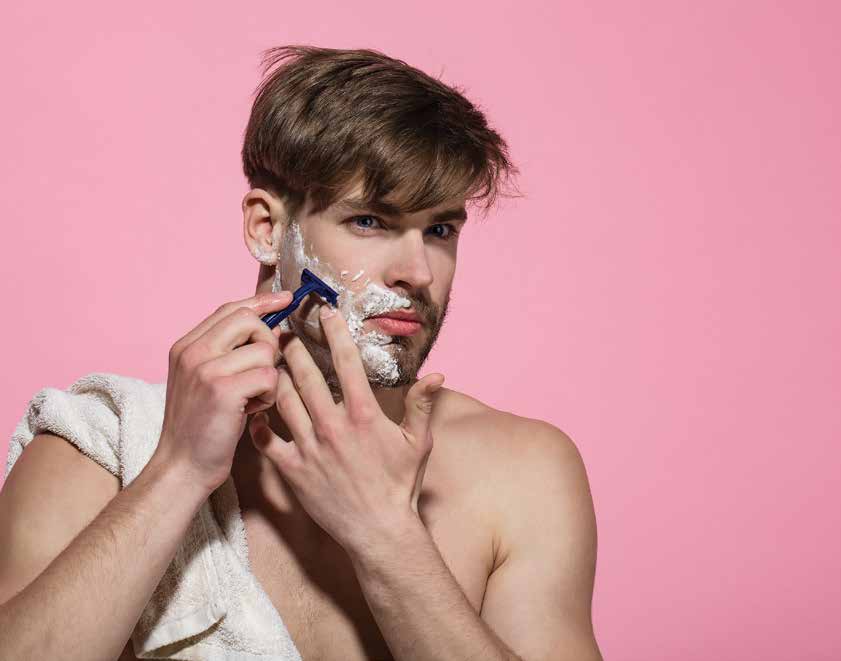
Our senses perceive beauty in many ways, from the visual to the aural. While beauty may indeed be in the eye of the beholder, it also relies on certain cultural norms, dependent on one’s location and the time period.
Fortunately, what constitutes beauty continues to evolve in our country. From the color of our hair to the color of our makeup, our concept of beauty is clearly changing with the times. During the 60s, Twiggy-thin was in. Centuries ago, Botticelli voluptuousness was the norm. These days, if you asked 10 different people around the world what they find beautiful, you’d probably receive as many different responses.
Pure beauty
Is there such a thing as pure beauty? We all find sunsets beautiful. Even birds and other beasts love to watch the skies light up as the sun goes down. There is something universally appealing about a clear blue sky or garden full of colorful flowers. We’re often overcome with emotion in the face of natural beauty, from lovely English gardens to the endless flow of turquoise waves caressing the sand. Beauty calms us and excites us all at once.
Beauty’s initial glance
We first find beauty in our parents’ eyes. We look for it later in our partners. If we’re fortunate, we discover beauty is so much more than skin deep. Even a voice can be beautiful. Often, we seek out sights and sounds that remind us of our family, the ones we loved first. That’s partly why beauty is so subjective. What one person perceives as flawless may appear unappealing to another.
Beautiful self-esteem
Feeling beautiful is intricately tied to our self-esteem. Those of us lucky enough to grow up with loving parents who recognized our beauty, inside and out, often developed a healthy dose. It’s never too late to recognize our own, or another’s, beauty. Clearly, we fall in love with those we find beautiful. There’s something so utterly innocent about beauty’s effect on us. Balance is key. Finding the beauty that lies within is equally important.



